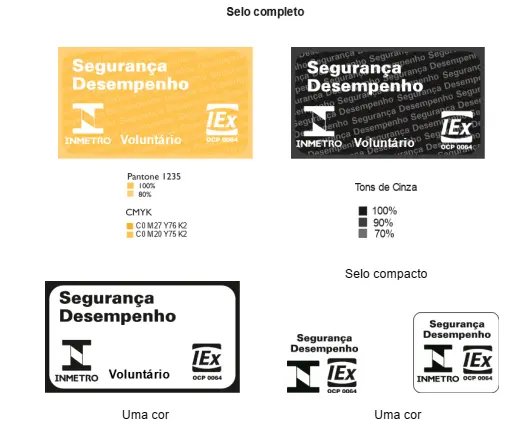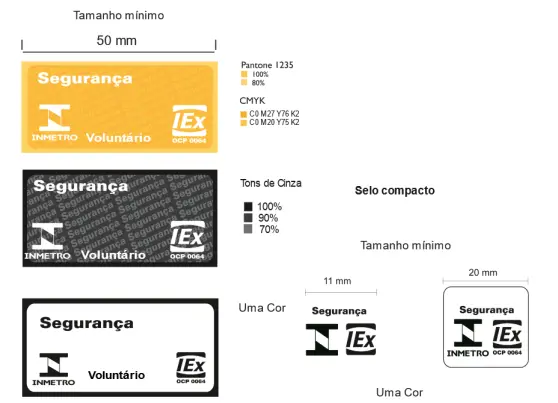Ensuring, through certification, that all Computer Goods is reliable and safe across the company's infrastructure and for the end user. Certification indicates that products comply with safety and efficiency standards, contributing to business success and minimizing the risk of accidents for users. These products must voluntarily comply with Ordinance 304:2023 (replacing Ordinance 170:2012), which has been in force since December 4, 2023.
The following products are considered Computer Goods for certification:
1 - Banking equipment: Automated Teller Machine (ATM); query and self-service terminals.
2 - Data processing machines: Servers; thin-client terminals; data storage equipment; workstations; desktop computers; integrated desktop computers; portable computers (notebook, laptop, and netbook); text and image digitizers (scanners); printers; plotters; monitors.
3 - Electrical and electronic office equipment: Calculators; copiers; shredders; paper handling equipment; paper sorting machines; electric binders; electric staplers.
4 - Other Information Technology equipment: Projectors and data-show devices; switching power supplies for information technology equipment.
The equipment must meet the requirements set out in the following standards:
To comply with the scope, certification models 5 and 1b are used (refer to the certification stages in the table).
| Certification Model | Model 5 | Model 1b |
|---|---|---|
| Process Conditions: | Complete testing according to standards IEC 60950-1:2005 (or IEC 62368-1:2018), CISPR-22:2008 (or CISPR 32:2015), CISPR-24:2010 (or CISPR 35:2016) for all products, and Energy Efficiency only for desktop computers, with quality management system assessment (final certification). | Batch testing on samples collected by IEx |
| Certificate Validity: | 3 years | Indeterminate |
| Valid for: | Certified Product Family | Defined lot |
| Main stages: | - Compliance document analysis - QMS audit in the factory and evaluation of the production process - Laboratory testing | Complete testing on two samples (standards IEC 60950-1 or IEC 62368-1:2018), CISPR-22:2008 (or CISPR 32:2015), CISPR-24:2010 (or CISPR 35:2016) + grounding resistance testing for Class I equipment, Dielectric Strength and functional testing, according to standards IEC 61000-4-2 / 4-4, with sampling per NBR-5426 NQA 0.25, special inspection level S3, and on 2 samples of products subject to energy efficiency requirements. |
| Maintenance: | Every 12 months, with: - QMS audit in the factory and evaluation of the production process - Partial laboratory testing | Not applicable |
| Recertification: | Every 36 months, with: - QMS audit in the factory and evaluation of the production process - Laboratory testing | Not applicable |


Certification Model 5:
Initial assessment consisting of testing on samples taken from the manufacturer, including an audit of the Quality Management System, followed by periodic maintenance assessment through product sampling from the factory and/or the market to carry out conformity assessment activities. The Maintenance Assessments aim to verify that items produced after the initial conformity certification (issuance of the Certificate of Conformity) remain compliant. Maintenance includes periodic evaluation of the production process, or an audit of the QMS, or both.
The audits are conducted according to the conditions described in the requirements outlined in Ordinance 200:2021 (RGCP) and Ordinance 304:2023, items 6.2.3 (Initial Management System Audit) and 6.3.1 (Maintenance Audit).
Certification Model 1b - Batch Model:
Batch testing. This model involves the certification of a batch of products. The number of units to be tested can be a portion of the batch, collected randomly, or even the total number of units in the batch (100% testing). The Certificate of Conformity is restricted to the certified batch.